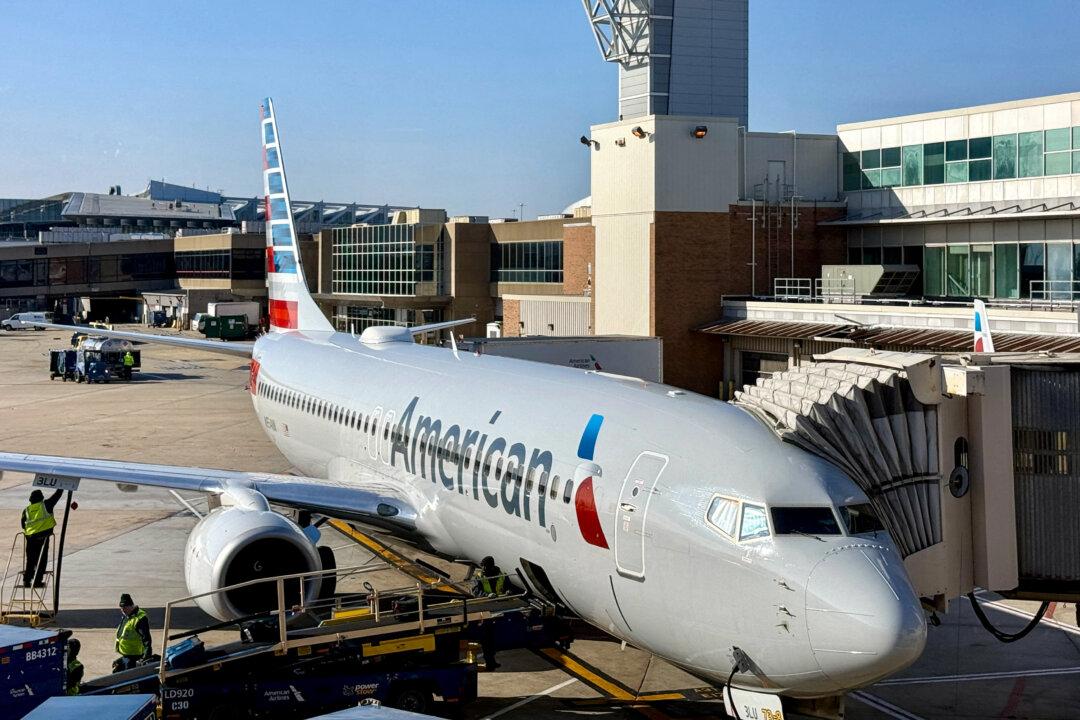United Parcel Service (UPS) continues to pursue aggressive job cuts in 2025 after the Atlanta-based logistics and supply-chain giant announced in the fourth quarter of 2024 that it planned to cut half of its Amazon business by the second half of this year.
Tomé said that delivering Amazon orders from fulfillment centers to end customers is not a sustainable business model for UPS. She noted the company’s signature brown delivery trucks compete directly with Amazon’s transportation fleet, which has surpassed UPS and rival FedEx in total volume.
“This volume is not a healthy fit for our network. The Amazon volume we plan to keep is profitable and is a healthy volume,” said Tomé, noting that Amazon represents about 11.7 percent of the company’s revenue.During the hourlong conference call, Tomé and CFO Bryan Dykes further said that the Amazon reduction plan is among three companywide restructuring initiatives underway across the logistics giant’s domestic and global operations to cut thousands of jobs and overhaul global operations.
“And there’s more to come,” said Tomé. “While our building footprint is changing, our pickup and delivery footprint is not. We’ll just do it with fewer buildings.”
According to FactSet, Wall Street analysts forecasted UPS to post first-quarter earnings of $1.38 per share on sales of $21 billion. Like many Fortune 500 companies, the supply chain conglomerate is not updating its previously issued full-year guidance “given the current macro-economic uncertainty.”
In response to several questions from analysts concerning the Trump administration’s tariff and trade policy and the company’s exposure to China, Tomé said domestic and global demand shifted downward in February and has since fallen further than expectations and normal shipping patterns.
In the first quarter, the company’s total average daily volume (ADV) was down 3.5 percent, company officials said. Group daily volume decreased 2.5 percent compared to a year ago, while total air ADV fell 9.6 percent. Excluding Amazon’s business decline, UPS’s total domestic ADV grew by 6.2 percent, which was driven by demand from health care and high-tech customers.
Total international ADV increased by 7.1 percent, with all regions growing compared to last year. Asia and Europe delivered double-digit growth throughout the quarter, and 15 of the company’s top 20 exporting countries grew ADV, representing $4.4 billion, or 2.7 percent, in revenue gains. According to Tomé, China’s trade lanes to the United States represented 11 percent of the company’s total international revenue in 2024, while all other international trades to the United States represented 17 percent.
“Our China to U. S. trade lanes are our most profitable trade lanes,” she said, adding that UPS has talked to its top 100 customers to understand how their businesses are impacted directly and indirectly by the U.S. trade policy with China.
“These customers have told us that they are exploring various options to address the tariff, from absorbing the cost to pushing them into retail prices to asking suppliers to help defray expenses,” Tomé said. “At this point, [trade] remains an open question as to what path they choose and what the potential impact could depend on consumer demand.”
Truist Securities analyst Lucas Servera, who initiated coverage of UPS on March 13 with a “buy” recommendation, told The Epoch Times that the company will likely see higher margins from its increased volume with small businesses and the health care industry.
“At the same time, while the increased glide down of its largest customer (Amazon) over the next 18 months is likely to pressure topline results, we believe this is already priced into the stock,” Servera said via email.







